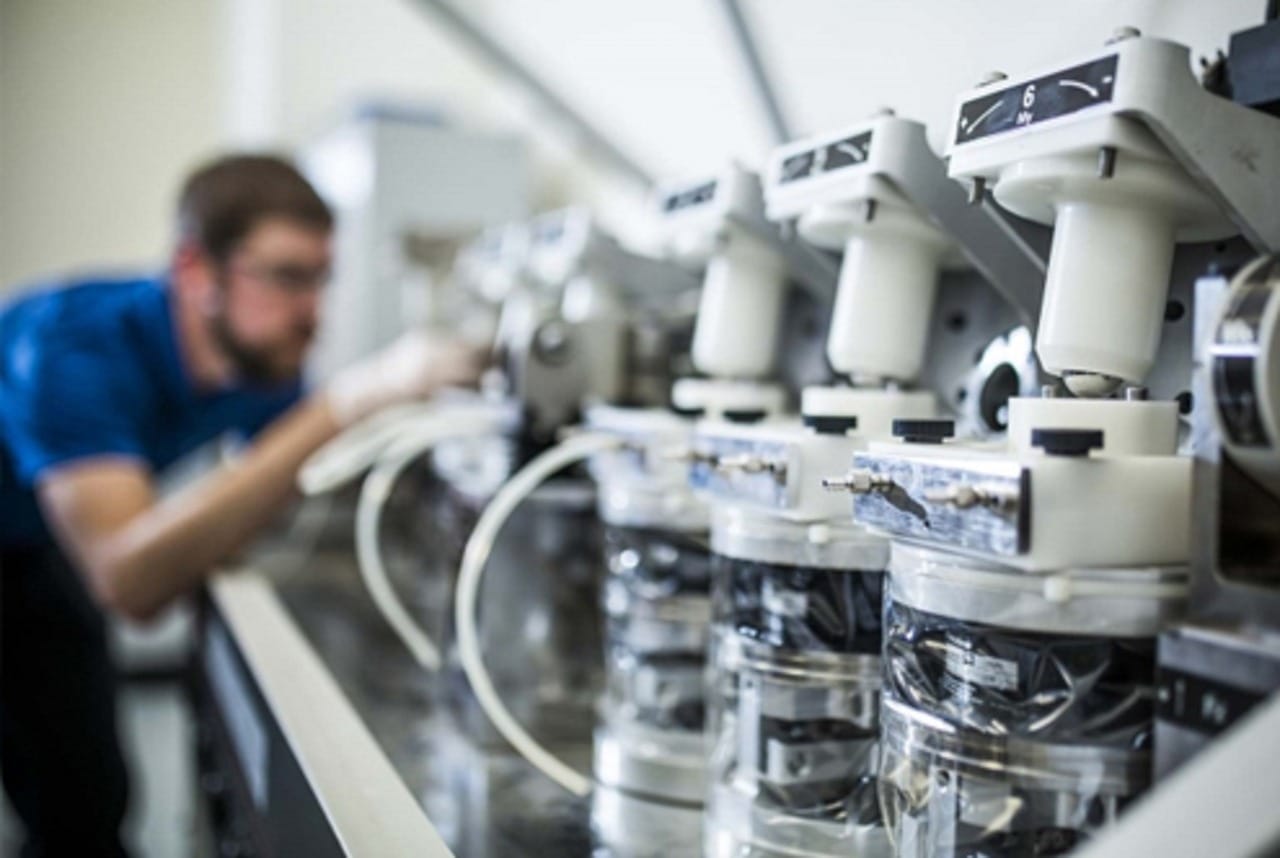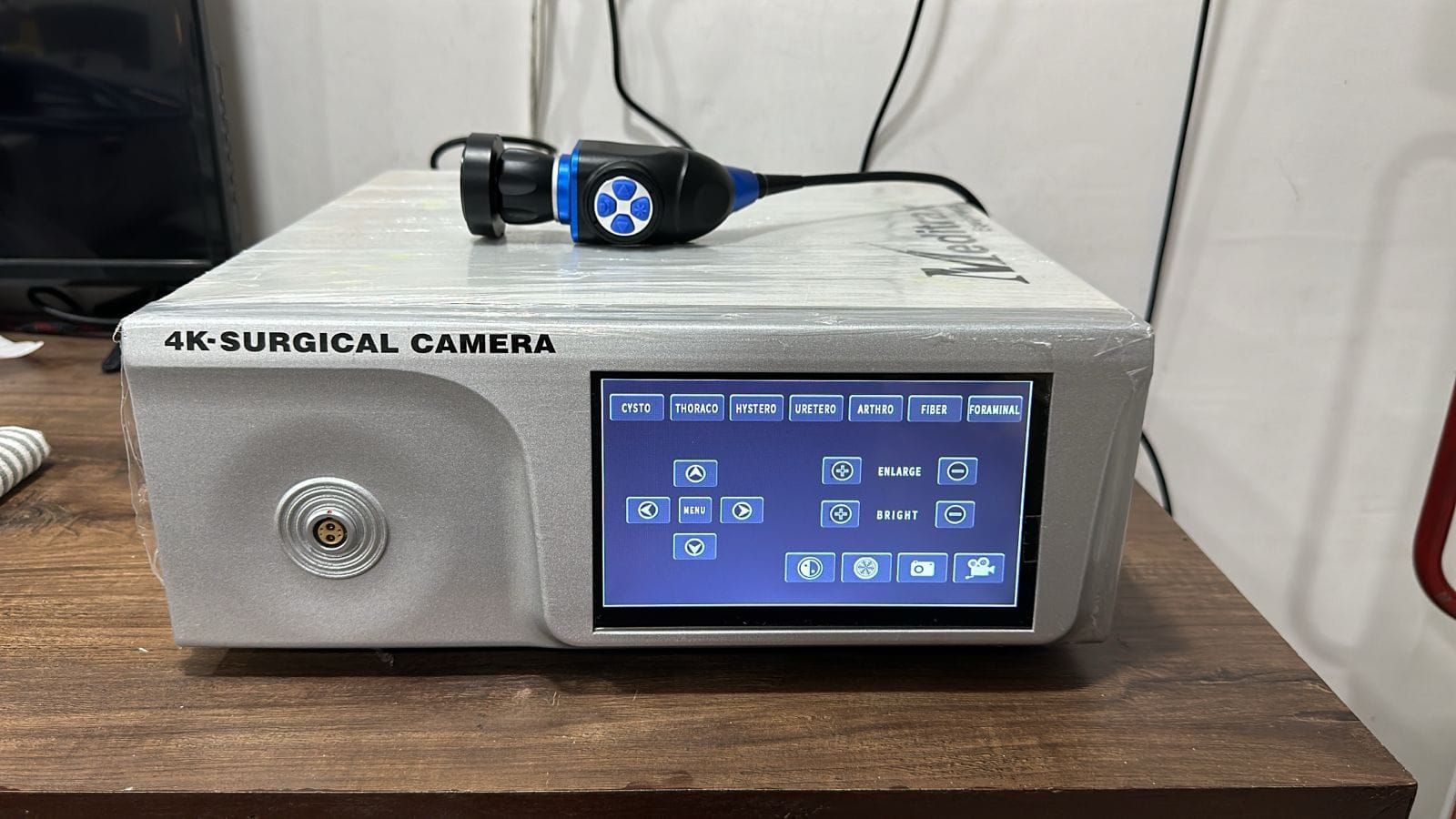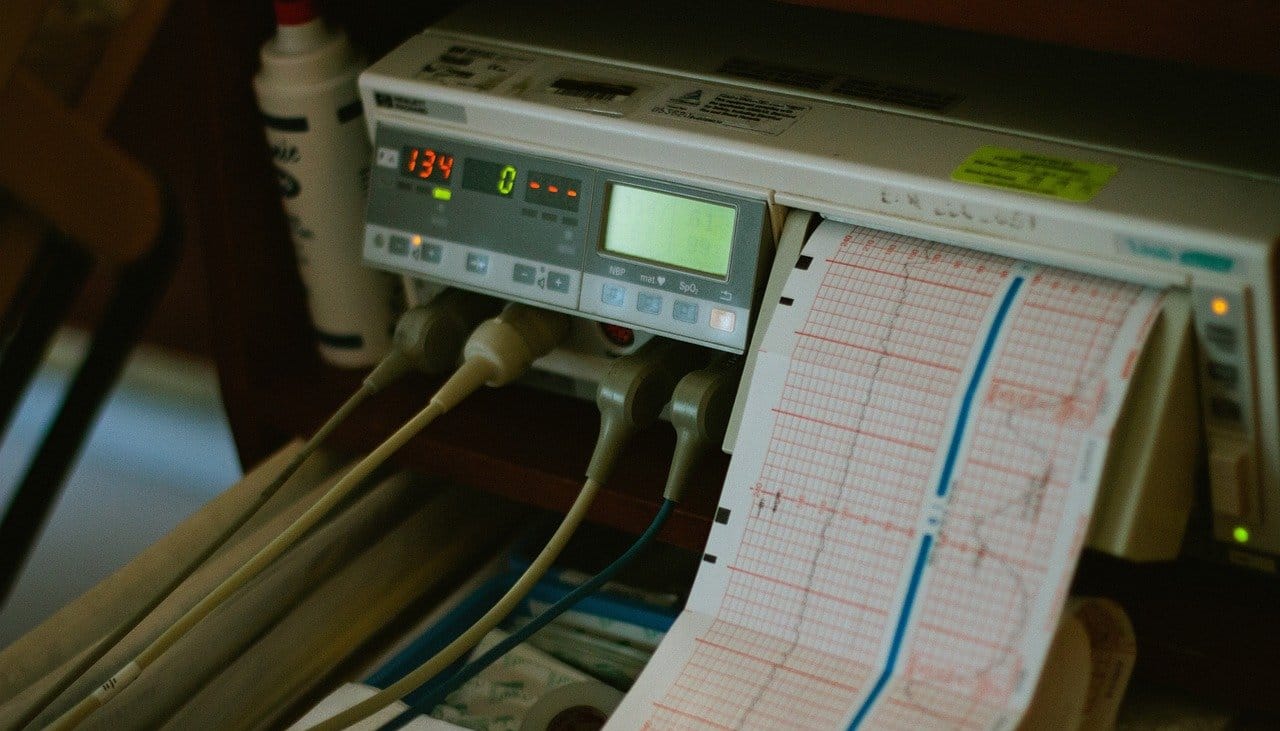In today’s fast-evolving healthcare landscape, precision and efficiency in diagnosis are more critical than ever. Among the many technological advancements, endoscopy has emerged as a cornerstone in modern diagnostics, particularly for internal organs and minimally invasive procedures. At the heart of this progress are advanced endoscopy cameras that significantly enhance diagnostic accuracy and procedural efficiency.
This blog delves into the role of endoscopy in contemporary medicine and explores how cutting-edge cameras are transforming the field.
What is Endoscopy?
Endoscopy is a medical procedure that involves the use of an endoscope—a thin, flexible tube equipped with a light source and camera—to visualize internal organs or cavities. This technique is widely used in gastroenterology, pulmonology, gynecology, and urology, among other specialties.
The primary advantage of endoscopy lies in its minimally invasive nature, allowing doctors to examine, diagnose, and even treat various conditions without requiring large incisions.
The Role of Cameras in Endoscopy
Endoscopy cameras are the linchpin of this diagnostic method. The quality of these cameras determines the clarity of visuals, which directly impacts the accuracy of diagnoses and the success of interventions. Modern cameras integrate advanced imaging technologies, such as high-definition (HD) and 4K resolution, ensuring precise visualization of even the smallest abnormalities.
How Advanced Cameras Improve Accuracy:
- Enhanced Resolution:
High-definition and 4K cameras capture detailed images of tissues and organs, making it easier to detect subtle abnormalities such as ulcers, polyps, or micro tears. - Color Reproduction:
Advanced cameras feature improved color accuracy, helping doctors distinguish between healthy and diseased tissues more effectively. - Zoom Capabilities:
Optical and digital zoom functions allow healthcare professionals to magnify specific areas without losing image clarity, ensuring thorough examinations. - Real-Time Imaging:
With real-time video feeds, doctors can immediately assess the condition and decide on the next steps, whether it’s taking a biopsy or proceeding with treatment.
How They Enhance Efficiency:
- Quicker Procedures:
Clear visuals reduce the time spent navigating or searching for target areas, speeding up procedures. - Better Patient Outcomes:
Accurate imaging minimizes misdiagnoses, enabling timely and appropriate treatments that lead to faster recoveries. - Integration with Software:
Many advanced cameras can be integrated with AI-powered diagnostic software, which provides additional insights and helps streamline workflows.
Applications of Endoscopy in Modern Medicine
Endoscopy, powered by these advanced cameras, is used across various specialties for both diagnostic and therapeutic purposes:
1. Gastroenterology:
- Diagnostic: Detection of ulcers, gastrointestinal bleeding, and colorectal cancer.
- Therapeutic: Removal of polyps or foreign objects.
2. Pulmonology:
- Diagnostic: Examination of airways to identify lung diseases like bronchitis or tumors.
- Therapeutic: Clearing blockages or collecting tissue samples.
3. Gynecology:
- Diagnostic: Inspection of the uterus for fibroids or endometriosis.
- Therapeutic: Removal of cysts or performing tubal ligation.
4. Urology:
- Diagnostic: Identifying kidney stones or bladder tumors.
- Therapeutic: Breaking up stones or removing obstructions.
Technological Innovations Driving the Field
Modern endoscopy cameras are continually evolving, incorporating the latest technologies to improve usability and performance:
1. Artificial Intelligence (AI):
AI-powered cameras can highlight areas of concern in real time, aiding doctors in identifying abnormalities they might otherwise miss.
2. Wireless Technology:
Wireless cameras eliminate the need for cumbersome cables, making the procedure more comfortable for patients and convenient for doctors.
3. Capsule Endoscopy:
Tiny capsule cameras can be swallowed, providing detailed imaging of the gastrointestinal tract without requiring invasive procedures.
4. Enhanced Illumination:
LED-based lighting systems offer brighter and more focused illumination, ensuring better visibility in low-light environments.
5. Video Integration:
High-quality video output enables seamless sharing with other specialists for consultations or for use in educational settings.
Benefits for Healthcare Providers and Patients
For Providers:
- Improved Diagnostics: More precise imaging reduces the chances of errors.
- Increased Efficiency: Shorter procedures mean more patients can be accommodated.
- Cost-Effectiveness: While the initial investment in advanced cameras is high, the long-term benefits of fewer repeat procedures and better outcomes outweigh the costs.
For Patients:
- Minimally Invasive: Reduced pain and faster recovery times.
- Accurate Diagnoses: Early detection of conditions leads to better treatment plans.
- Shorter Procedures: Less time spent under observation or anesthesia.
Challenges and Future Prospects
Challenges:
- High Costs: Advanced equipment can be expensive, making it less accessible for smaller healthcare facilities.
- Maintenance: Cameras require regular cleaning, calibration, and updates to maintain their performance.
- Training: Healthcare professionals need proper training to maximize the benefits of advanced endoscopy systems.
Future Prospects:
As technology advances, we can expect further improvements in image quality, automation, and integration with other medical systems. AI and machine learning will likely play a bigger role in diagnostics, while innovations like 3D imaging and virtual reality may revolutionize surgical planning and execution.
Conclusion
Endoscopy has firmly established itself as an indispensable tool in modern diagnostics, and advanced cameras are driving its success. By improving accuracy and efficiency, these technological marvels are helping healthcare providers deliver better outcomes while ensuring a more comfortable experience for patients.
As the field continues to evolve, investing in high-quality endoscopy equipment like those offered by Endoscopcam can help medical professionals stay ahead in their practice. With cutting-edge tools at their disposal, the future of diagnostics looks brighter than ever.
Looking to upgrade your endoscopy equipment? Explore Endoscopcam’s range of advanced cameras and diagnostic tools for precision and reliability.




